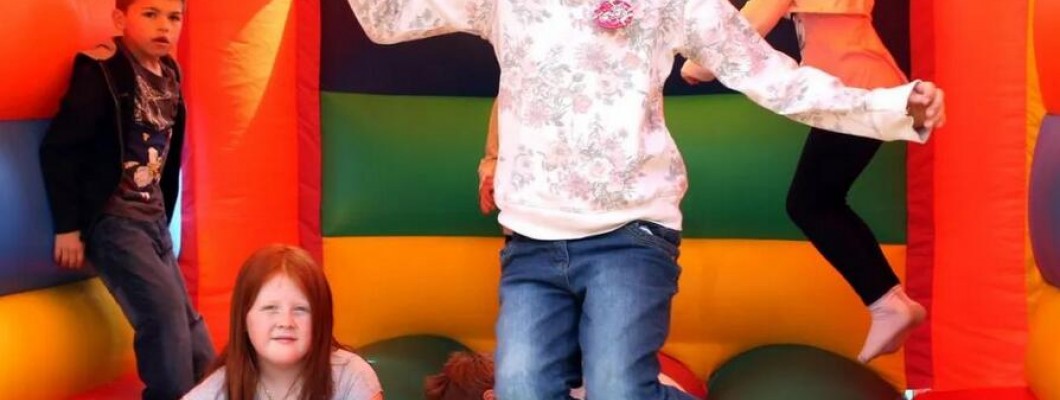
Understanding the maximum capacity of inflatable bounce houses in terms of simultaneous users is essential for ensuring safety, optimal performance, and a positive experience for participants. The maximum capacity varies depending on several factors, including the size, design, and intended use of the bounce house. While there is no one-size-fits-all answer, manufacturers and suppliers typically provide guidelines and recommendations to help users determine the appropriate number of simultaneous users for a given inflatable structure.
Factors Affecting Maximum Capacity:
Several factors influence the maximum capacity of inflatable bounce houses:
- Size and Design: Larger bounce houses with spacious bouncing areas and multiple features such as slides, obstacles, or climbing walls can accommodate more users simultaneously compared to smaller, simpler designs. The layout and configuration of the bounce house also play a role in determining the maximum capacity.
- Weight Capacity: Manufacturers specify the maximum weight capacity of bounce houses to ensure structural integrity and safety. The weight capacity considers factors such as the strength of the inflatable material, stitching, seams, and anchor points. Exceeding the weight capacity can compromise the stability of the bounce house and pose safety risks to users.
- User Age and Size: The recommended maximum capacity may vary based on the age and size of users. Bounce houses designed for children may have lower weight and occupancy limits compared to those intended for adults or mixed-age groups. Manufacturers typically provide age recommendations and guidelines to help users determine suitability.
- Supervision: Adequate supervision is essential to ensure the safety of users and prevent overcrowding or rough play inside the bounce house. Event organizers, rental businesses, and parents should ensure that trained staff or responsible adults supervise bounce house activities and enforce safety rules and guidelines.
Manufacturer Recommendations:
Manufacturers and suppliers of inflatable bounce houses typically provide guidelines and recommendations regarding maximum capacity and usage. These recommendations are based on factors such as structural integrity, safety standards, and user experience. While specific recommendations may vary, typical guidelines include:
- For residential or backyard use: 3-6 children or 2-3 adults
- For commercial or rental use: 6-12 children or 4-6 adults
- Consideration of user age, weight, and behavior
- Adherence to weight capacity limits specified by the manufacturer
- Monitoring and supervision by trained staff or responsible adults
It is essential for users to adhere to manufacturer recommendations and guidelines to ensure the safety and enjoyment of participants. Overloading or exceeding the maximum capacity of inflatable bounce houses can increase the risk of accidents, injuries, and damage to the structure. By following recommended usage guidelines and practicing responsible supervision, users can create safe and memorable experiences for participants of all ages.

Leave a Comment